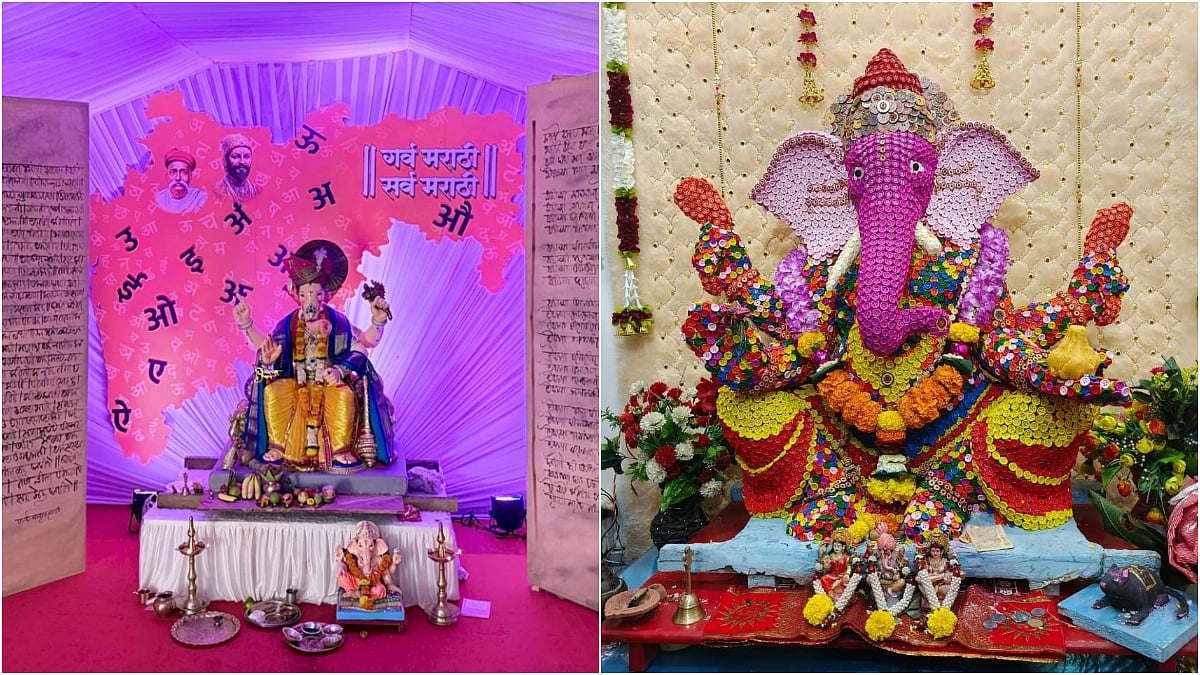The world is witnessing the fourth industrial revolution. Newer technologies are changing the way industries and businesses operate. In the midst of all this, Internet of Things (IoT) and Artificial Intelligence (AI) are playing a key role in IR 4.0, which will create smart factories.
Sadly, India continues to be a laggard despite the push by the government to upgrade the country technologically through various digital programmes. Thus, it remains a matter of concern that connectivity exponentially falls off and is non-existent in rural and remote environments in India, precisely where the railways, farms, borders, powerlines, last-mile distribution centres and several other industrial operations need data.
Clearly, even as India is at the cusp of a complete digital transformation, it has a lot of catching up to do.
The government's programmes like Make in India, Digital India, and Startup India can be the vehicles for making India self-reliant in manufacturing as well as technology. At the same time, IR 4.0 technologies must also pass the test of Atmanirbharta set by Prime Minister Narendra Modi so that India does not become a dumping ground for obsolete technologies.
India's industries are still significantly manual, and machines, equipment, vehicles are largely unconnected because of which manufacturing often comes to a grinding halt. The factories need to be "smart" and machines and equipment IoT-ready. IoT and machine data can become a force multiplier to augment manual labour as automation can never be the answer in a populous nation like India.
The Make in India programme does not seem to be making India Atmanirbhar in the field of IoT. Of the roughly 6,000 IoT patents filed in India between 2009 and 2019, more than 70 percent were by multinational companies and a mere 7 percent by India Inc and startups. More than 40 percent of these patents were granted, of which multinationals accounted for 90 percent.
India stood ninth on the list of FDI destinations in 2019, but these investments are not resulting in technology transfer and that includes defence offsets. Indians are creating the world's best technology globally but can this "brain bank" put an end to the dumping of outdated technology in India and help it become self-reliant in state-of-the-art technology.
The post-COVID-19 world will see an increased use of IoT on the shop floor and 5G technology will play a key role as the world minimises human interaction. A 5G network is essential to handle the projected exponential jump in data traffic, rising machine-to-machine connections, and an increase in the use of IoT devices.
The Paulraj Committee report on 5G recommends focusing on innovations in 5G applications as the 5G market in India takes off between 2019 and 2024. Experts warn that the delay in implementing this report will result in our trained manpower and huge market being exploited by the developed countries for building their 5G networks and IR 4.0.
The Prime Minister has talked about finding opportunity in the midst of crisis and the COVID-19 pandemic does provide India a chance to adopt 5G-IoT connectivity on a ubiquitous basis. The beneficiaries will include communities like fishermen who at times venture into waters of other nations due to rough seas or lose their lives as they are not connected in deep waters, farmers who lose crops to pests and soldiers in remote areas lacking access to critical data and connectivity.
India desperately needs a home-grown 5G-IoT digital highway for not only smart cities but smart villages, too. The country should have a dedicated, digital highway for IoT and machine data, that is present everywhere and can be accessed from anywhere in the country at the lowest cost possible.
In order to implement the call for Atmanirbharta in letter and spirit we need to catch up rapidly through technological innovation. We are already late in rolling out 5G, but we have the opportunity to make up for lost time and also shrug off dependence on foreign technology and become self-reliant in 5G-IoT technology.
The writer is former Executive Editor of Mint and is now a well-known columnist for various news sites.










